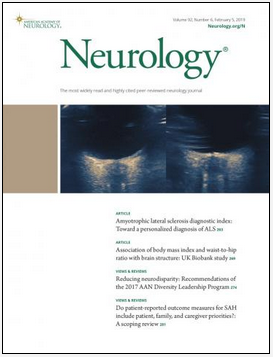 The objective of this study is to investigate the phenotypic features, with emphasis on muscle, in 40 patients with spinobulbar muscular atrophy (SBMA) using quantitative MRI, stationary dynamometry, questionnaires, and functional tests.
The objective of this study is to investigate the phenotypic features, with emphasis on muscle, in 40 patients with spinobulbar muscular atrophy (SBMA) using quantitative MRI, stationary dynamometry, questionnaires, and functional tests.
Patients with genetically confirmed SBMA were included. MRI was used to describe muscle involvement and quantify muscle fat fractions of arm, back, and leg muscles. Muscle strength was assessed with a stationary dynamometer. All patients were evaluated with the SBMA functional rating scale and the 6-minute walk test among others. MRI and muscle strength results were compared with healthy controls.
Forty patients with SBMA were included. The muscle fat content was significantly higher in patients with SBMA than in controls: paraspinal fat fraction was 45% vs 33% in controls, thigh fat fraction 36% vs 14%, calf fat fraction 37% vs 15%, upper arm fat fraction 20% vs 8%, and forearm fat fraction was 20% vs 9%. Muscle strength in patients was reduced to approximately half of that in controls in all muscles. Muscle fat content correlated with muscle strength, SBMA functional rating scale score, and 6-minute walk test distance.
These results show that there is a diffuse muscle involvement pattern in SBMA. Leg muscles are more vulnerable than arm muscles, especially the posterior flexor muscles. The muscle fat content correlates with muscle function and disease severity.
